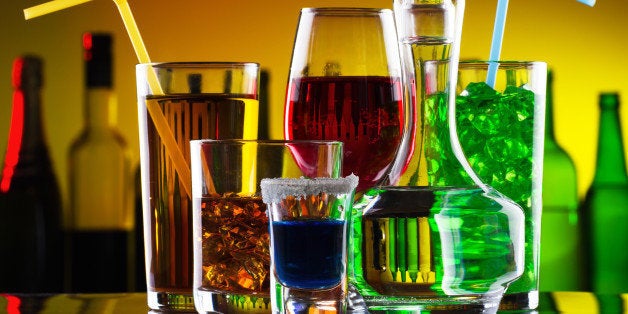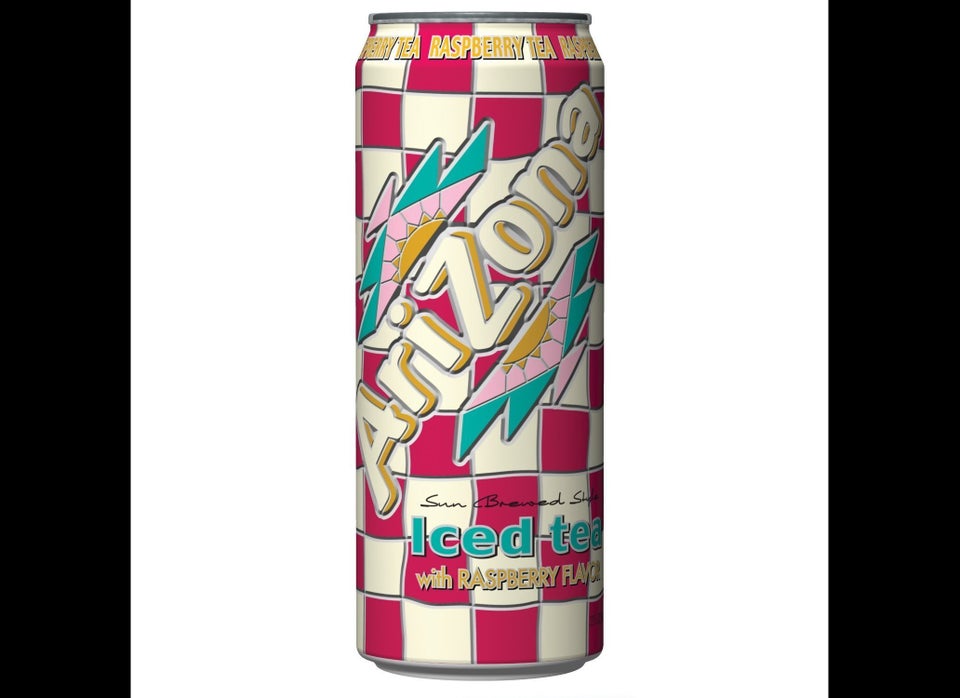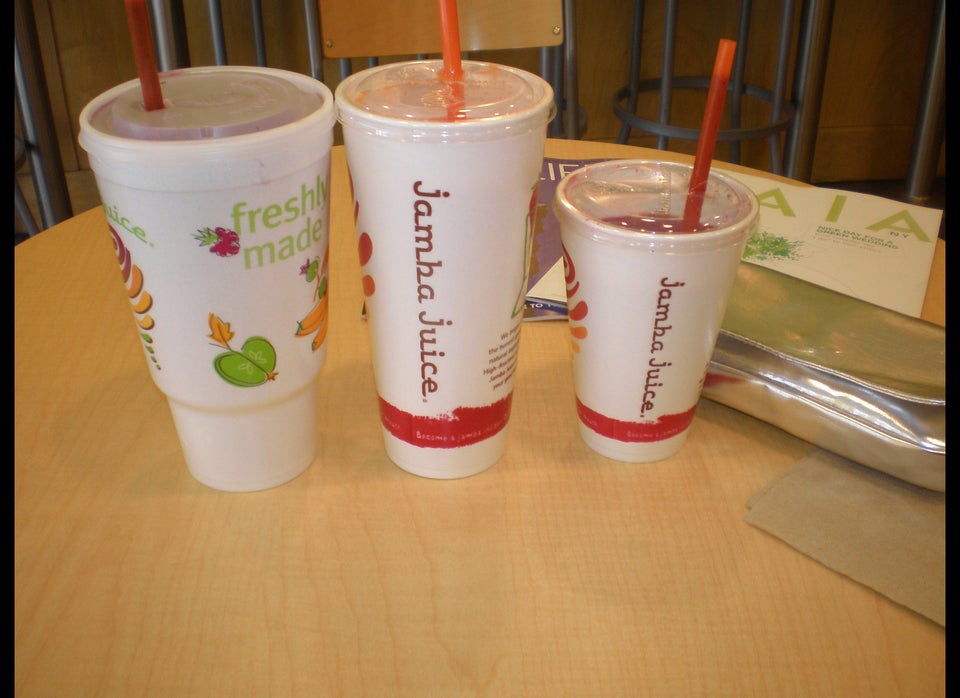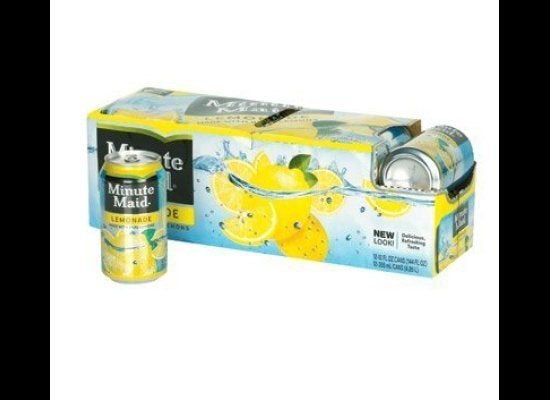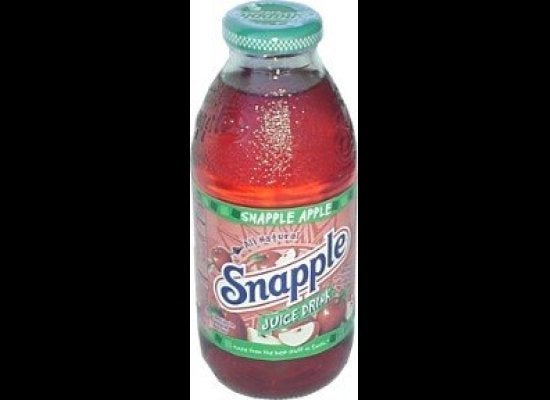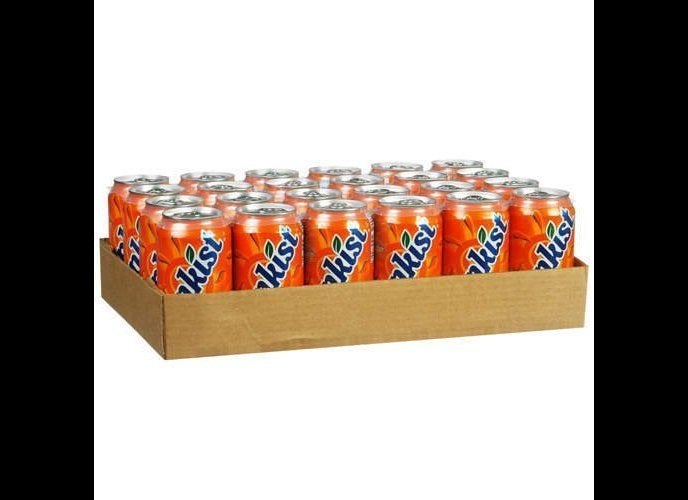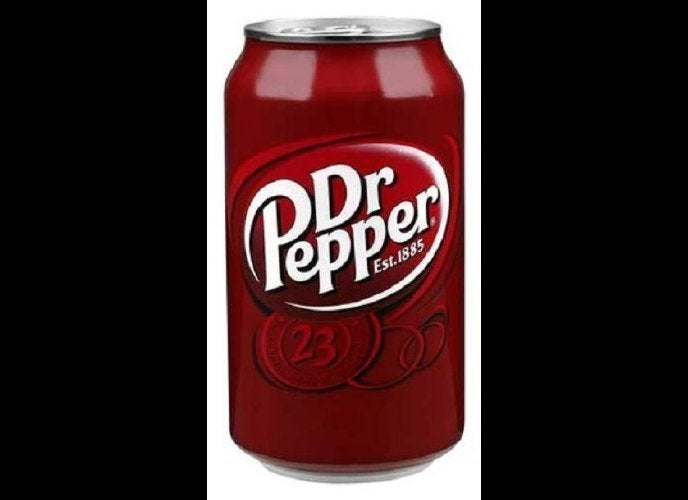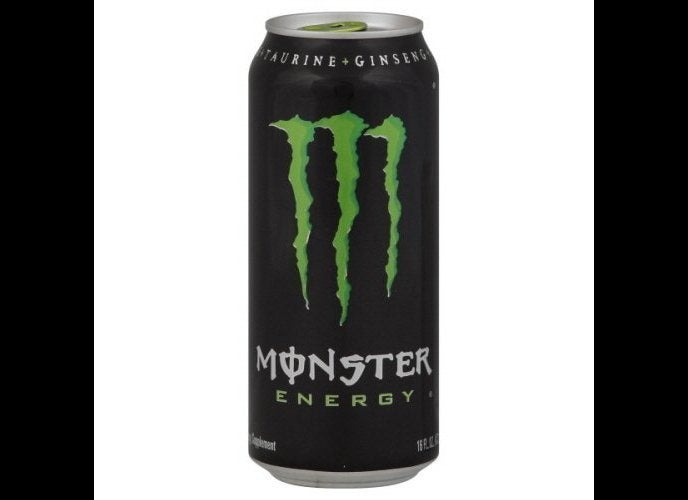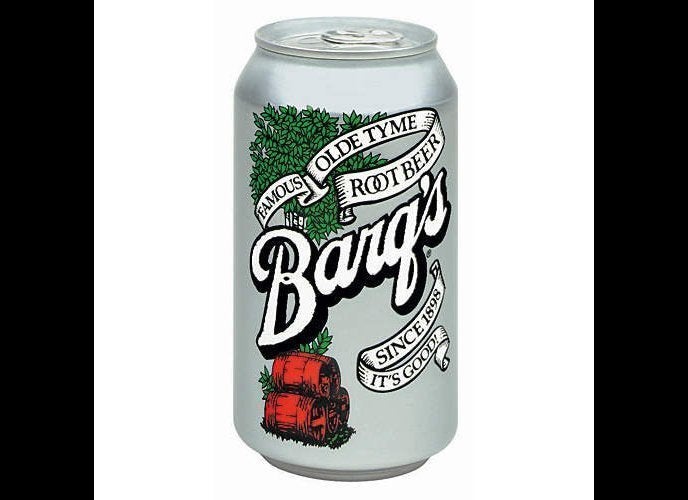By: Agata Blaszczak-Boxe
Pubbed: May 05, 2015 12:58pm ET on LiveScience.
The type of sugar in your drink may affect how much food you want to eat, according to a new study. Researchers found that people wanted to eat more high-calorie foods when they had a drink containing fructose, compared with when their drink contained glucose.
In the study, 24 people were given drinks sweetened with 75 grams of fructose on one day, and the same amount of glucose in a drink on another day. The researchers also showed the people images of high-calorie foods that included candy, cookies, pizza and burgers, and asked the participants to rate how hungry they were and how much they wanted to eat each food.
After consuming fructose, the participants reported feeling hungrier and expressed a greater desire to eat the foods pictured than when they consumed glucose.
The different effects that glucose and fructose seem to have on hunger and people's desire for high-calorie foods may stem from the different ways each sugar interacts with the hormones that control feelings of satiety, the researchers said.
Unlike glucose, "fructose fails to stimulate hormones like insulin, which provides satiety signals to the brain," said study author Dr. Kathleen A. Page, an assistant professor of clinical medicine at the University of Southern California. So after the consumption of fructose, the brain may not be receiving the signals that trigger feelings of fullness, she said. [8 Tips for Fighting Sugar Cravings]
In line with previous research, the investigators also found that the levels of insulin in the participants' blood were significantly lower after they consumed fructose than glucose, according to the study. These differences in insulin levels may help explain the participants' different responses to food cues after consuming the two types of sugar, the researchers said. In previous research, rodents given insulin showed a decreased intake of palatable foods, and research in people has shown that giving insulin increases satiety and suppresses food intake, according to the study.
The researchers also examined the people's brains using fMRI, and found that, in response to images of high-calorie foods, the participants showed greater activity in the regions of the brain related to reward processing after consuming fructose, compared with after they consumed glucose.
Fructose and glucose have the same number of calories, and both are present in table sugar. But they are metabolized differently, the researchers said. Glucose is used to produce energy for the body, including the brain, and is the main sugar that circulates in the blood, Page said. Conversely, fructose is metabolized by the liver and very little of it actually circulates in the blood, she said.
In the study, the researchers also asked the participants to make a choice between two "rewards" for their participation — they could choose to have a tasty item of food immediately, or receive some money in a few weeks. The participants were more likely to pick the food after drinking the fructose.
"People were willing to forgo monetary rewards that were delayed by a month, more after they consumed fructose compared to glucose, so that they could get immediate food rewards after the study," Page said.
The new study was published Friday (May 1) in the journal Proceedings of the National Academy of Sciences.
Follow Agata Blaszczak-Boxe on Twitter. Follow Live Science @livescience, Facebook & Google+. Originally published on Live Science.
Copyright 2015 LiveScience, a Purch company. All rights reserved. This material may not be published, broadcast, rewritten or redistributed.
Our 2024 Coverage Needs You
It's Another Trump-Biden Showdown — And We Need Your Help
The Future Of Democracy Is At Stake
Our 2024 Coverage Needs You
Your Loyalty Means The World To Us
As Americans head to the polls in 2024, the very future of our country is at stake. At HuffPost, we believe that a free press is critical to creating well-informed voters. That's why our journalism is free for everyone, even though other newsrooms retreat behind expensive paywalls.
Our journalists will continue to cover the twists and turns during this historic presidential election. With your help, we'll bring you hard-hitting investigations, well-researched analysis and timely takes you can't find elsewhere. Reporting in this current political climate is a responsibility we do not take lightly, and we thank you for your support.
Contribute as little as $2 to keep our news free for all.
Can't afford to donate? Support HuffPost by creating a free account and log in while you read.
The 2024 election is heating up, and women's rights, health care, voting rights, and the very future of democracy are all at stake. Donald Trump will face Joe Biden in the most consequential vote of our time. And HuffPost will be there, covering every twist and turn. America's future hangs in the balance. Would you consider contributing to support our journalism and keep it free for all during this critical season?
HuffPost believes news should be accessible to everyone, regardless of their ability to pay for it. We rely on readers like you to help fund our work. Any contribution you can make — even as little as $2 — goes directly toward supporting the impactful journalism that we will continue to produce this year. Thank you for being part of our story.
Can't afford to donate? Support HuffPost by creating a free account and log in while you read.
It's official: Donald Trump will face Joe Biden this fall in the presidential election. As we face the most consequential presidential election of our time, HuffPost is committed to bringing you up-to-date, accurate news about the 2024 race. While other outlets have retreated behind paywalls, you can trust our news will stay free.
But we can't do it without your help. Reader funding is one of the key ways we support our newsroom. Would you consider making a donation to help fund our news during this critical time? Your contributions are vital to supporting a free press.
Contribute as little as $2 to keep our journalism free and accessible to all.
Can't afford to donate? Support HuffPost by creating a free account and log in while you read.
As Americans head to the polls in 2024, the very future of our country is at stake. At HuffPost, we believe that a free press is critical to creating well-informed voters. That's why our journalism is free for everyone, even though other newsrooms retreat behind expensive paywalls.
Our journalists will continue to cover the twists and turns during this historic presidential election. With your help, we'll bring you hard-hitting investigations, well-researched analysis and timely takes you can't find elsewhere. Reporting in this current political climate is a responsibility we do not take lightly, and we thank you for your support.
Contribute as little as $2 to keep our news free for all.
Can't afford to donate? Support HuffPost by creating a free account and log in while you read.
Dear HuffPost Reader
Thank you for your past contribution to HuffPost. We are sincerely grateful for readers like you who help us ensure that we can keep our journalism free for everyone.
The stakes are high this year, and our 2024 coverage could use continued support. Would you consider becoming a regular HuffPost contributor?
Dear HuffPost Reader
Thank you for your past contribution to HuffPost. We are sincerely grateful for readers like you who help us ensure that we can keep our journalism free for everyone.
The stakes are high this year, and our 2024 coverage could use continued support. If circumstances have changed since you last contributed, we hope you'll consider contributing to HuffPost once more.
Already contributed? Log in to hide these messages.
